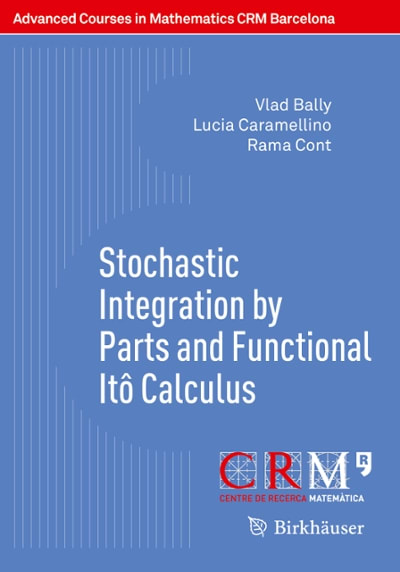
O O 0 0 0 0 04 1. Suppose that in a new experiment the researchers 0 4 repeated Experiment 3 except that they recorded the SCIENCE TEST color of each cricket eaten by a spider during 2 hr. 5. Each of the values plotted in Figure I was most likely 35 Minutes-40 Questions Assuming that the spiders ate crickets for the entire calculated using which of the following expressions? 2 hr, would the total number of crickets eaten by the Total number of crickets that spiders more likely have been less than or greater than A. were eaten by laboratory-raised spiders DIRECTIONS: There are several passages in this test. the total number of crickets eaten in Experiment 3 ? Number of laboratory-raised spiders Each passage is followed by several questions. After A. Less, because the amount of time the spiders spent Total number of crickets that B. reading a passage, choose the best answer to each eating crickets would have been one-third as great. were eaten by wild-caught spiders Number of wild-caught spiders question and fill in the corresponding oval on your Less, because the amount of time the spiders spent answer document. You may refer to the passages as eating crickets would have been one-half as great. Number of crickets of a particular color that Greater, because the amount of time the spiders were eaten by laboratory-raised spiders often as necessary . spent eating crickets would have been two times as Number of laboratory-raised spiders You are NOT permitted to use a calculator on this test. great. Greater, because the amount of time the spiders Number of crickets of a particular color that D. spent eating crickets would have been three times were eaten by wild-caught spiders Number of wild-caught spiders as great. Passage I 0.8 2. Were the results of the experiments consistent with the Jumping spiders prey on many types of small insects. researchers' prediction? Researchers predicted that the jumping spider Habronattus 0.6- F. Yes; in each experiment, on average, the spiders pyrrithrix would prefer prey of some colors over prey of average number of crickets eaten in 1 hr 0.4- ate the same number of crickets of each color in other colors. Three experiments were conducted to test this prediction. 0.2- 1 hr. G. Yes; in each experiment, on average, the spiders 6. Which, if either, of the statements given below about ate more blue crickets than crickets of any other the spiders tested in the experiments is(are) consistent Experiment 1 red yellow brown green blue given color in 1 hr. with the information in the passage? Small crickets (Acheta domesticus) were dyed either I. No; in each experiment, on average, the spiders ate I. All the spiders belonged to the same genus. red, yellow, green, blue, or brown when they drank water color the same number of crickets of each color in 1 hr. II. All the spiders belonged to the same species containing a dye. Two crickets of each color were placed in No; in each experiment, on average, the spiders ate I only the same box. Then, an H. pyrrithrix jumping spider that Figure 2 more blue crickets than crickets of any other given II only had been recently captured from the wild (wild-caught) color in 1 hr. H. Both I and II was placed in the center of the box, and the color of each J . Neither I nor II cricket eaten by the spider during 1 hr was recorded. Each 3. What was the total number of spiders needed to con- time a cricket was eaten, an additional cricket of the same Experiment 3 duct Experiments 1-3 ? color was added to the box. This procedure was repeated with 99 additional wild-caught H. pyrrithrix jumping spi- Experiment I was repeated except with 100 laboratory- A. 100 ders. The average number of crickets of each color eaten in raised H. pyrrithrix jumping spiders that had spent their B. 200 1 hr is shown in Figure 1. entire lives in cages in the laboratory. The average number 300 of crickets of each color eaten in 1 hr is shown in Figure 3. 400 0.8- 4. A student wanted to determine if the results for wild- 0.8 caught spiders tested shortly after they were captured 7. Which of the following statements is best supported by 0.6- would be the same for different species of prey. Which the results of Experiments 1 and 2 ? After the wild- of the following experiments should the student caught spiders had been kept in cages for 4 weeks, they average number of crickets eaten in 1 hr 0.4 ate, on average: crickets eaten in 1 hr average number of 0.4- conduct? 0.2- F. Repeat Experiment 1 with A. domesticus as the . more green crickets in 1 hr than did the laboratory- species of prey. raised spiders. G. Repeat Experiment 3 with A. domesticus as the fewer green crickets in 1 hr than did the laboratory- O red yellow brown green blue species of prey. raised spiders. red yellow brown green blue H. Repeat Experiment I with a species of prey other more crickets in 1 hr than they did when they had color color than A. domesticus. recently been captured from the wild. . fewer crickets in 1 hr than they did when they had Figure 1 Repeat Experiment 3 with a species of prey other Figure 3 than A. domesticus. recently been captured from the wild. Deriment 2 Experiment I was repeated using the same set of wild-caught jumping spiders, which had been kept in Figures adapted from Lisa A. Taylor et al., "Colour Use by Tiny in the laboratory for 4 weeks. The average number of Predators: Jumping Spiders Show Colour Biases During Foraging." ts of each color eaten in 1 hr is shown in Figure 2. @2014 by The Association for the Study of Animal Behaviour. GO ON TO THE NEXT PAGE 38 GO ON TO THE NEXT PAGE








